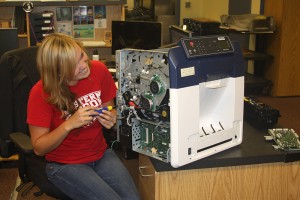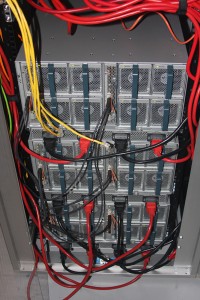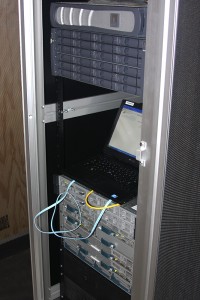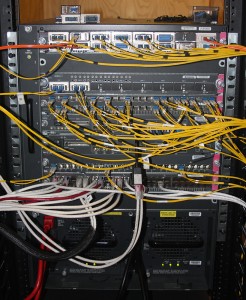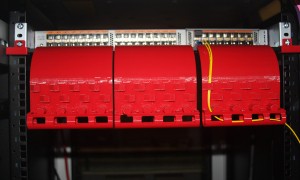Tricia, Joanie and Sarah (a student employee), make up the inventory and purchasing team.
All IT purchasing, as defined in the WOU Purchasing policy, is purchased centrally. Please submit your purchase request/price request, for either software or hardware, through the purchase request system.
Tricia is the entry point for all purchases. She would be glad to answer your questions or help you configure your next purchase. She is available by e-mail at flahert@wou.edu
When there is contract language associated with the purchase, I will work with Darin Silbernagel, Director of Business Services, to modify/confirm an appropriate contract.
Joanie sends the order out for bid. Three bids are required for all orders over $5,000. For those vendors that we have not used in the past, a Substitute W-9 form must be filled out. Lucinda in the Business Office, then enters the new vendor into Banner. Joanie creates a Purchase Order in Banner. She will use the funding source you specified in the Purchase Request system.
Sarah un-boxes all the equipment when it arrives, creates and affixes inventory labels and updates the inventory system.
Tricia assigns delivery or installation of software to a technician, using the Service Request system.


